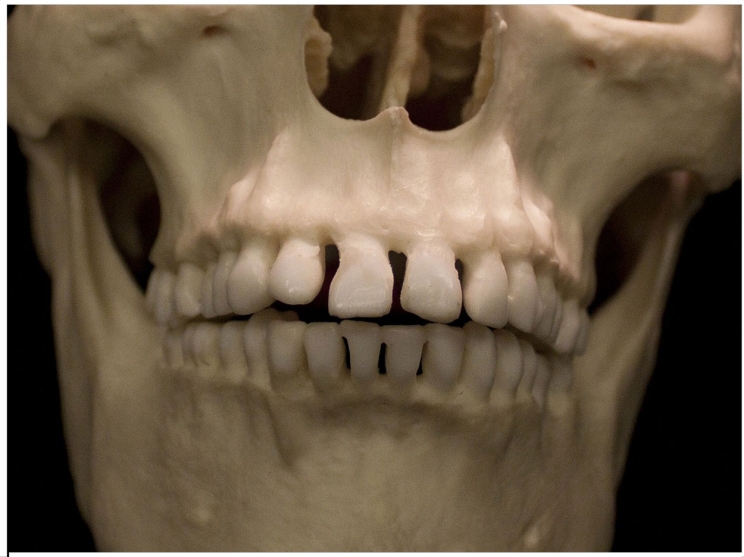
Researchers at the University of Iowa College of Dentistry and Dental Clinics are developing techniques for using the body’s own internal repair processes to tailor specific bone regeneration strategies to the specific causes of bone damage.
Deferoxamine, which treats iron poisoning, can be used to activate hypoxia-induced factor-1, which promotes angiogenesis and bone regeneration. But there have been safety concerns in this research as well as complicating factors such as chronic inflammation that are common among older individuals.
However, the researchers are using a small molecule known as phenamil to reduce inflammation and promote endogenous bone regeneration. They also have engineered a novel nanomaterial scaffold that mimics the bone collagen structure and delivers deferoxamine and phenamil locally and controllably.
“The drugs themselves are not new, and people have been using them. But we are developing a new method for controlled release of the drugs that can be delivered at a specific location,” said Dr. Hongli Sun, associate professor in the Department of Oral and Maxillofacial Surgery at the Iowa Institute for Oral Health Research.
These innovations could pave the way for treatments to rejuvenate and repair significant bone damage, even for older adults, the school said. Sun and his colleagues recently received a five-year National Institutes of Health grant for more than $1.7 million to support this research.
The researchers also are developing a specific bone regeneration strategy tailored to the specific needs associated with periodontitis-induced bone and tooth loss. The strategy treats the bacteria that causes periodontitis while continuously and effectively directing the body’s own repair processes to the site of the damage, the researchers said.
Although Sun has only been at the College of Dentistry since 2018, the school said, he has had remarkable success in developing his own research and securing grant funding for his projects.
From developmental biologists like Dr. Brad Amendt to research design and biostatistical support from Dr. Xian Jin Xie to mechanics support from the College of Engineering to clinical expertise from oral surgeons and periodontists, the school said, Sun has found a range of collaborators who make his work better.
“For any major research like this, we really need a well-rounded team, with a lot of different experts from different areas,” Sun said. “And I came to Iowa because I knew I would get strong support from other researchers, support staff, and the administration.”
Related Articles
University of Queensland to Use 3D Printing to Rebuild Teeth and Tissues
Fish Scales and Bullfrog Skin Targeted for Oral Tissue Repair











